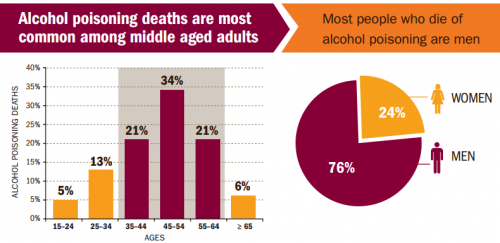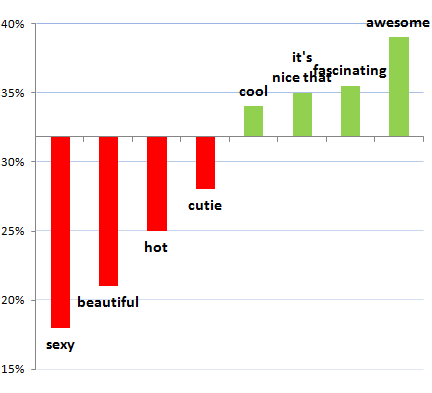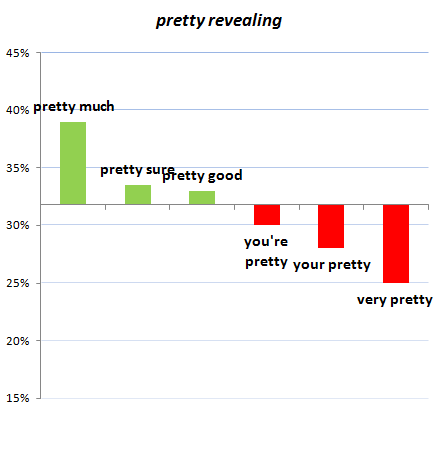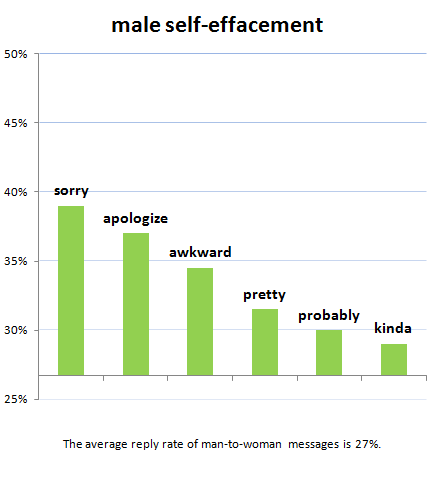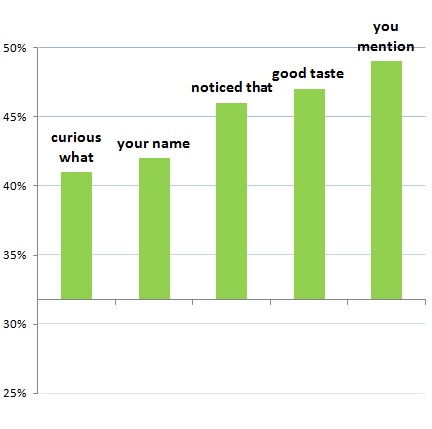According to a new report from the Pew Research Center, Americans are almost evenly split over who is responsible for poverty and whether the poor have it easy or hard. Here are some factoids from the data:
- 44% think that the government should do more for the needy, even if it means more debt
- 51% think the government can’t afford to do more for the needy and shouldn’t
- 45% think that poor people today have it easy
- 47% think that poor people have it hard
Here’s the data:
Notice that responses correlate with whether the respondents themselves are rich or poor. A third of the richest Americans think government benefits don’t go far enough, while two-thirds of the poorest think so. As to whether the government should and can do more, 60% of the least economically secure say “yes,” while 62% of the most secure say “no.”
Lisa Wade, PhD is an Associate Professor at Tulane University. She is the author of American Hookup, a book about college sexual culture; a textbook about gender; and a forthcoming introductory text: Terrible Magnificent Sociology. You can follow her on Twitter and Instagram.






